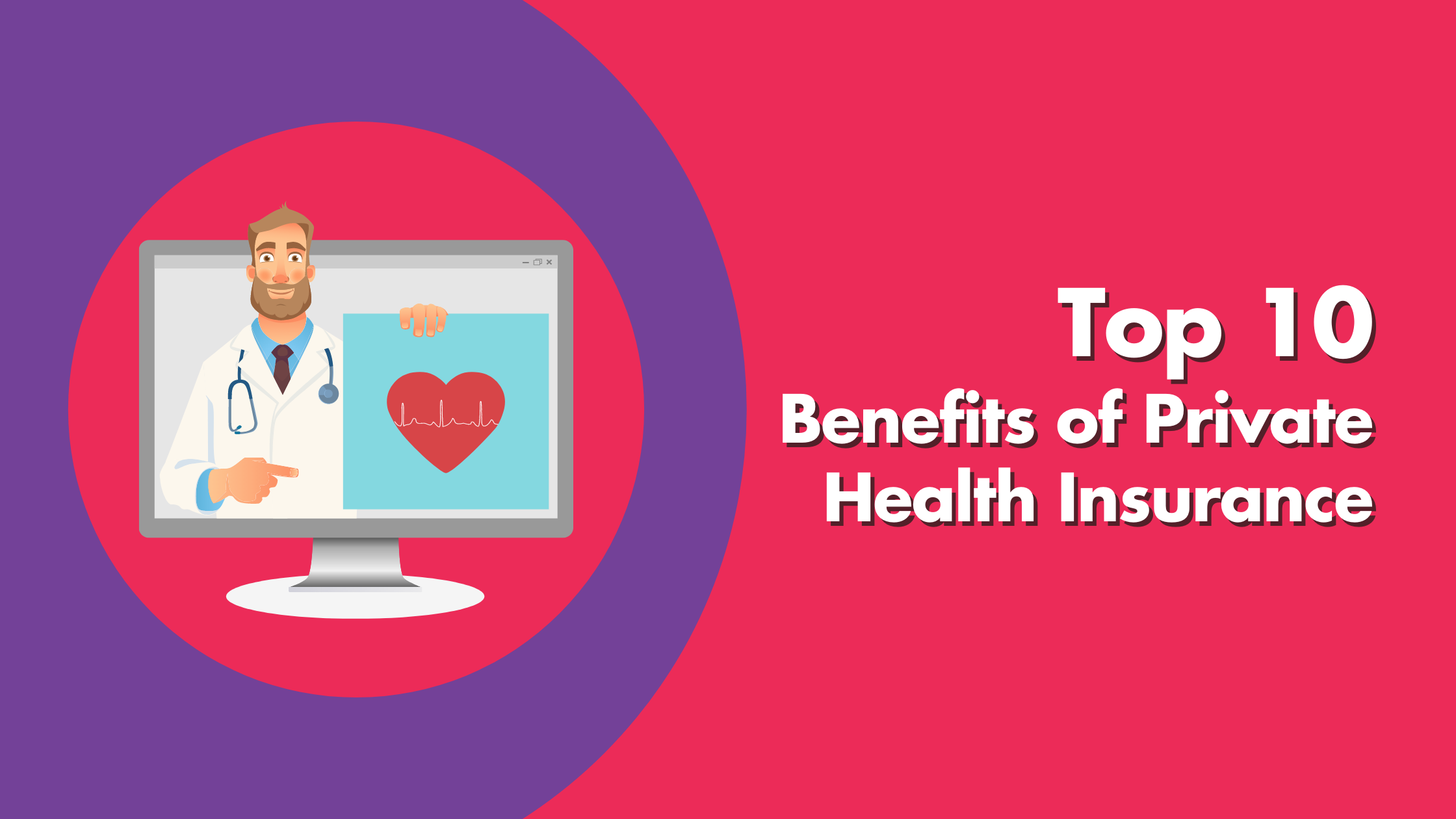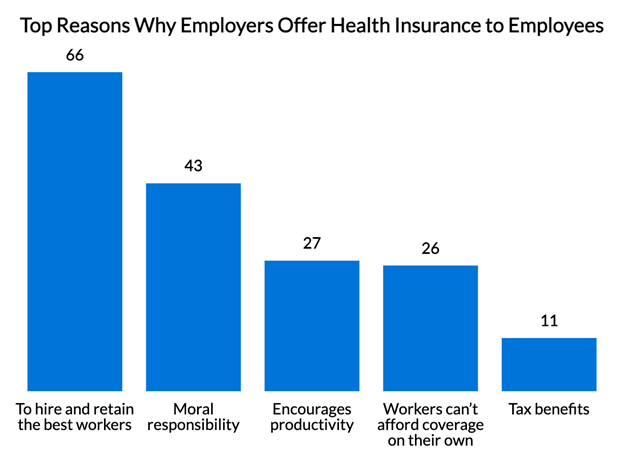Medicare Advantage Agent - Questions
Medicare Advantage Agent - Questions
Blog Article
The Facts About Medicare Advantage Agent Revealed
Table of ContentsSome Known Details About Medicare Advantage Agent The smart Trick of Medicare Advantage Agent That Nobody is Talking AboutThe Only Guide for Medicare Advantage Agent

complies with from puzzling the relatively young age account of the without insurance with the far better health and wellness, usually, of more youthful individuals. This obscures the web link between health condition and health insurance policy. For those without access to workplace wellness insurance policy, bad wellness is a prospective barrier to acquiring nongroup insurance coverage because such insurance coverage might be very priced, omit pre-existing conditions, or be merely not available. The variety of uninsured Americans is not especially huge and has actually not changed in recent times. 7 out of ten participants in a country wide representative survey thought that less Americans did not have health insurance than in fact do(Fronstin, 1998). Approximately half(47 percent )believed that the variety of people without health and wellness insurance coverage lowered or remained consistent over the latter fifty percent of the last years(Blendon et al., 1999). This drop of nearly 2 million in the number of people 'without insurance policy (a decrease
of around 4 percent)is absolutely a favorable modification. With a softer economic climate in 2000 the most recent reported gains in insurance policy protection might not continue(Fronstin, 2001 ). The decline in the number of without insurance will not continue if the economic climate stays slow-moving and healthcare expenses proceed to surpass inflation. This is since the data were accumulated for a period of strong economic performance. Of the approximated 42 million people that were uninsured, all however concerning 420,000(regarding 1 percent)were under 65 years of age, the age at which most Americans come to be qualified for Medicare; 32 million were grownups between ages 18 and 65, around 19 percent of all adults in this age; and 10 million were children under 18 years of age, about 13.9 percent of all children (Mills, 2000). These price quotes of the number of persons without insurance are created from the annual March Supplement to the Existing Population Study (CPS), conducted by the Demographics Bureau. Unless otherwise noted, national estimates of individuals without health and wellness insurance policy and percentages of the population with various sort of insurance coverage are based on the CPS, the most extensively made use of resource of estimates of insurance protection and uninsurance prices. These surveys and the estimates they produce are explained briefly in Table B. 1 in Appendix B - Medicare Advantage Agent. These studies differ in size and tasting methods, the concerns that are asked concerning insurance policy
Everything about Medicare Advantage Agent
insurance coverage, and the time duration over which insurance protection or uninsurance is measured(Lewis et al., 1998, Fronstin, 2000a ). Still, the CPS is particularly beneficial because it creates yearly estimates reasonably swiftly, reporting the previous year's insurance policy protection estimates each September, and since it is the basis for a regular collection of estimates for greater than 20 years, enabling analysis of fads in coverage in time.

The 7-Minute Rule for Medicare Advantage Agent
Over a three-year period beginning early in go to my site 1993, 72 million individuals, 29 percent of the united state population, lacked protection for a minimum of one month. Within a single year(1994), 53 million individuals experienced at least a month without coverage(Bennefield, 1998a). 6 out of every 10 uninsured adults are themselves used. Although working does enhance the possibility that one and one's household members will certainly have insurance policy, it is not an assurance. Even members of households with two permanent wage income earners have almost a one-in-ten opportunity of being without insurance (9.1 percent without insurance rate)(Hoffman reference and Pohl, 2000 ). The partnership between medical insurance and access to care is well developed, as recorded later in this chapter. Although the partnership between health insurance policy and health outcomes is neither straight neither easy, an extensive scientific and wellness services research literature links medical insurance coverage
to better accessibility to care, better quality, and boosted individual and populace health condition. The second record, on personal health and wellness end results for without insurance grownups, is represented by the innermost circle of the figure, while the 3rd report, on family wellness, encompasses the subjects of the second report yet highlights a various unit of evaluation, specifically, the family. The 6th record in the series will certainly offer info about approaches and initiatives carried out in your area, statewide, or across the country to attend to the absence of insurance coverage and its unfavorable impacts. Degrees of analysis for examining the effects of uninsurance. This discussion of medical insurance coverage concentrates primarily on the U.S. population under age 65 due to the fact that basically all Americans 65 and older have Medicare or various other public insurance coverage.
The independent and straight impact of health
insurance insurance policy on access to health services solutions well establishedDeveloped For still others, wellness insurance coverage alone does not ensure invoice of care since of various other nonfinancial obstacles, such as a lack of health care companies in their area, restricted access to transportation, illiteracy, or linguistic and social differences. A modification in insurance policy costs advice or terms, as well as changes in income, health and wellness, marital standing, terms of employment, or public plans, can set off a loss or gain of health and wellness insurance policy coverage.
Report this page